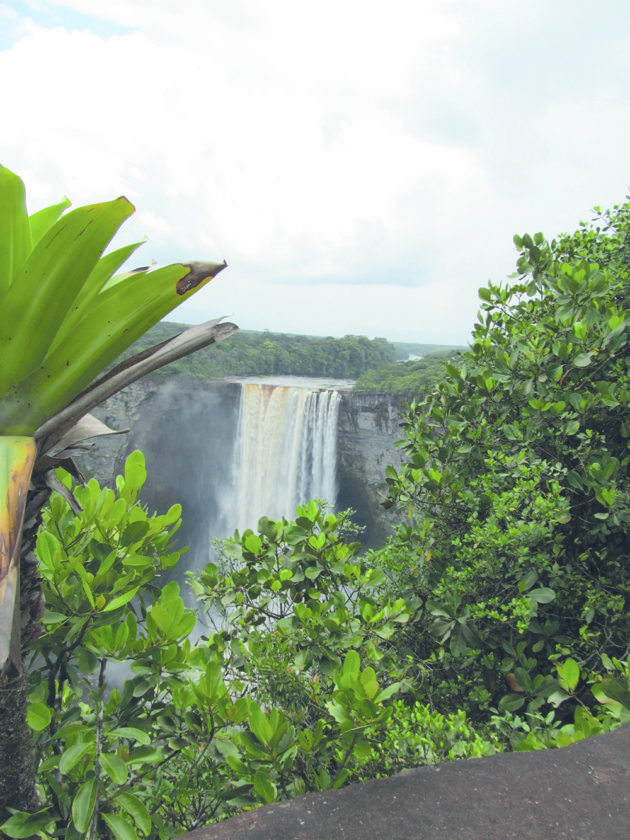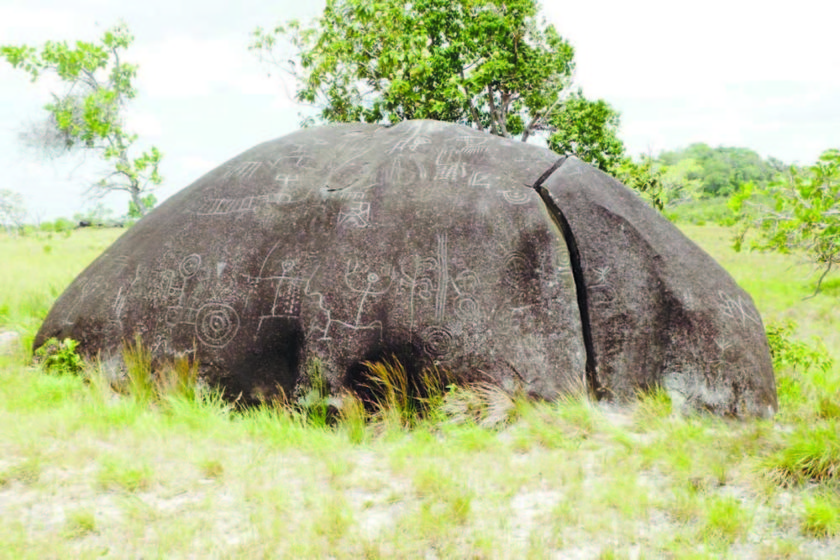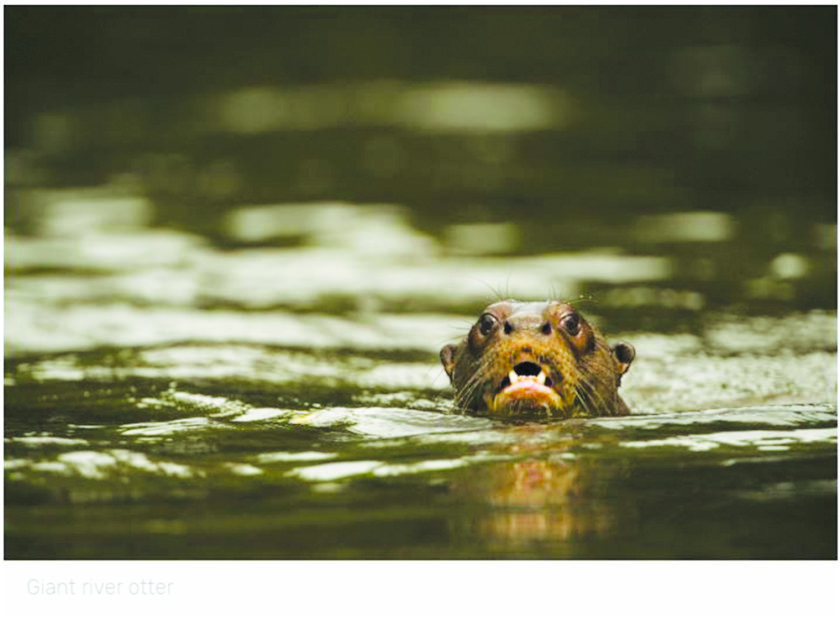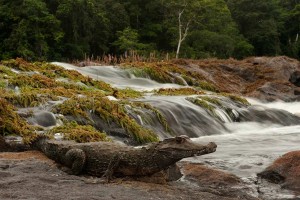
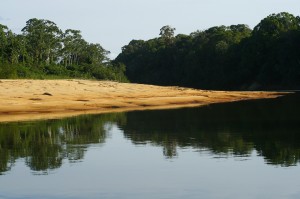
The Rewa River emanates in southern Guyana and runs north through primary rainforest to meet the white waters of the Rupununi River.
The river runs black, and the lower part of the river is wide with high, white sand beaches. About 60 miles upriver, the river changes and gets narrower with rocky bars interspersed with sandy beaches.
Travel another 55 miles upriver and there is the picturesque Corona Falls. It is a truly majestic crown of water that falls about 20 feet into rocky pools and
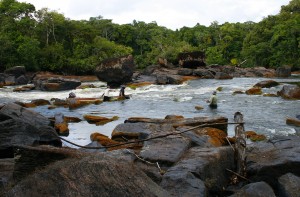
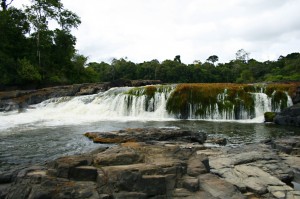
shiny black rocks with petroglyphs scattered around. A couple of days can be spent at the falls exploring the trails and petroglyphs, wildlife watching, and catching fish in the rapids.
The fishing in the Rewa is as good as it gets. Peacock bass, arawana, swordfish, payara, large catfish and pacu thrive in these waters. Rewa is also known for its healthy populations of arapaima, the largest scaled fresh water fish in the world, which can be observed surfacing in many of the oxbow lakes and ponds.
Due to the remoteness of the Rewa River, wildlife viewing is excellent. Numerous species may be observed: tapir, capybara, brocket deer, peccaries, ocelot, jaguar, and seven of the eight species of Guyana’s monkeys. Giant otters, black and spectacled caiman and giant river turtles patrol the waters and bask on the sandbanks.
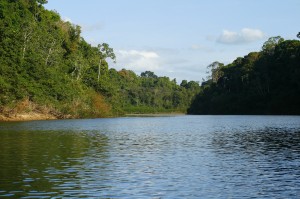
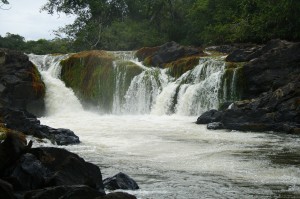
As the Rewa River transects primary forest, it is also rich in birds. Scarlet macaws, redbilled toucans, cotingas, parrots, and the Harpy eagle can be found. Along the river banks, tiger herons, bat falcons, great black hawks and kingfishers stalk their prey.
With its rich biodiversity, the Rewa River is a beauty to behold. (Guyana Times Sunday Magazine)

